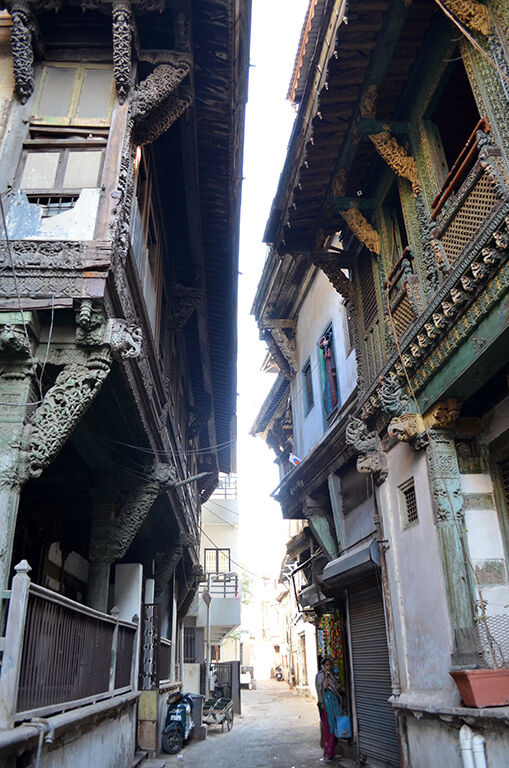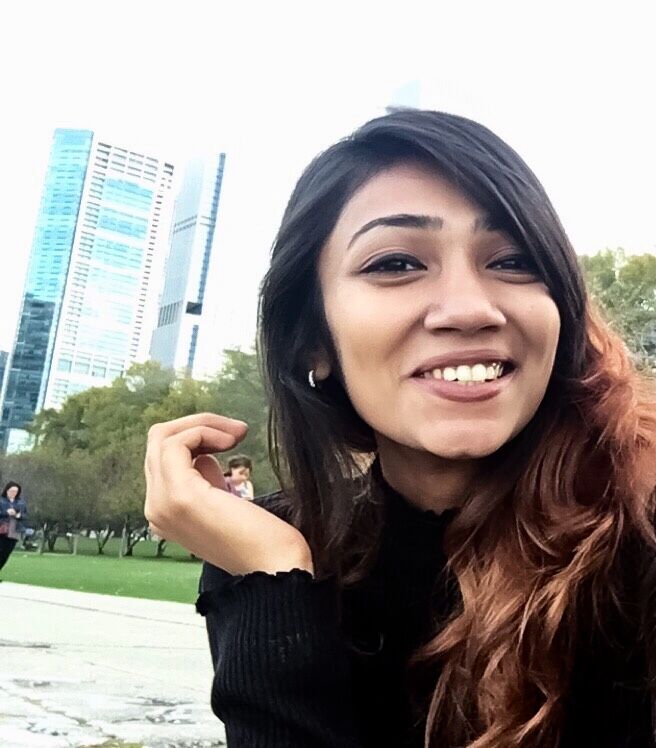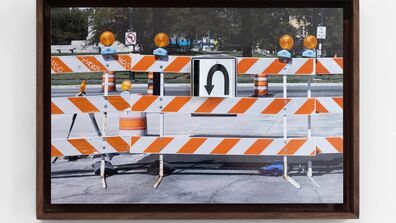
MS HPres Candidate Palak Shah and Her Thesis on "The Adaptive Re-Use of the Pol: Indigenous Residential Architectural Types of Ahmedabad, India"

India is home to some of the oldest, deepest, and most sophisticated forms of urbanity. With nearly eight centuries of Islamic political supremacy in India, from the tenth century to the pre-Colonial era, notions of the Islamic city have been superimposed on the Hindu model. The result of this has been the establishment of a whole new series of new cities of high urban and architectural value such as Ahmedabad.
The 600-year-old walled city of Ahmedabad in Western India presents an interesting duality of sorts. Traditional medieval houses are an urban phenomenon and conform to a general character in their organization and expression. Common characteristics include a narrow frontage with adjacent party walls, intricately carved wooden facades, defined spatial components, and bonding-timber construction. In the continuing development of the historic city, centuries-old craft practices move in perfect tandem with state-of-the-art technology, and ancient wisdom is viewed from the prism of contemporary issues and ideas.
My thesis focuses on the adaptive reuse of one of those traditional houses in the pols of Ahmedabad. The word pol conjures up an image of an old world charm and innovation in sustainable architecture dovetailed into the built form. Pol architecture is an interesting evolution in urban living space. Reflecting the rich cultural ethos of Gujarat, pols are densely packed clusters of rows upon rows of houses, joined by labyrinthine streets where the thousands of years old Indian architectural traditions continue to live. These pols are the exuberant riots of beautiful wooden facades, lovely wooden brackets, carved fenestrated windows, and ornamental balconies.
More about Palak

I am an architect and as my knowledge of architecture grew, I marveled at the idea that not only is a structure designed to exist in time, it also represents a particular time. Regardless of how many new technologically sound super-structures are built, a study of our historical structures is a means to preserve our heritage. My innate curiosity and schooling enabled me to navigate the randomness of the alleyways and recesses in search of the minute structural details that spoke volumes of my shared history.
Historic Preservation for me represents a desire to stay connected to a history that is increasingly becoming distant and less tangible. As more and more super-structures go up around me, I wonder if people of my generation and subsequent generations will truly be able to connect to our past without the preservation and restoration of these important historic structures. This idea majorly propelled my pursuit of the study of historic preservation. Armed with greater knowledge and experience via internship in the program here at SAIC, I am more interested in the restoration part of the field.
